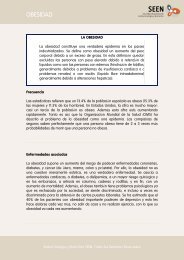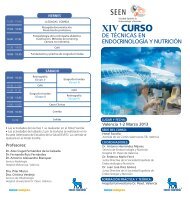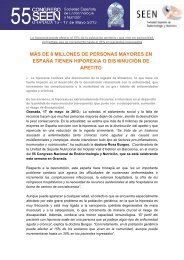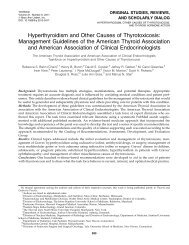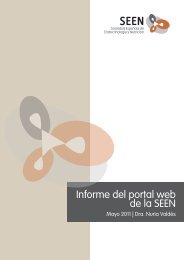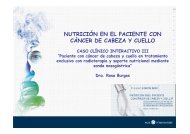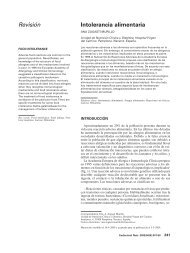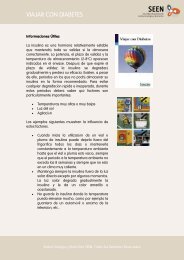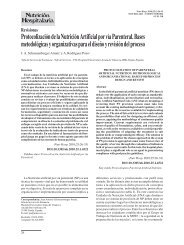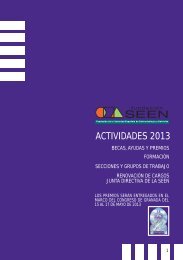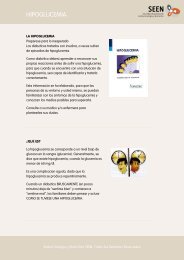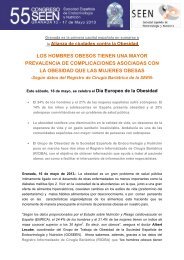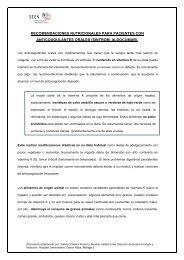Basic Concepts of Fluid and Electrolyte Therapy
Basic Concepts of Fluid and Electrolyte Therapy
Basic Concepts of Fluid and Electrolyte Therapy
You also want an ePaper? Increase the reach of your titles
YUMPU automatically turns print PDFs into web optimized ePapers that Google loves.
Urine output should be interpreted in the light <strong>of</strong> these clinical signs<br />
<strong>and</strong> measurements before giving fluid treatment, which may not only<br />
be unnecessary, but also deleterious. Unnecessary fluid therapy not<br />
only exp<strong>and</strong>s the blood volume excessively but also over-exp<strong>and</strong>s the<br />
interstitial fluid volume, causing oedema <strong>and</strong> weight gain. The metabolic<br />
response to surgery impairs the patient’s ability to excrete the<br />
additional saline load, making interstitial oedema worse, compromising<br />
organ function <strong>and</strong> increasing the risk <strong>of</strong> morbidity <strong>and</strong> mortality.<br />
Other consequences are dilution <strong>of</strong> the haematocrit <strong>and</strong> serum albumin<br />
concentration.<br />
Table 17: Assessment <strong>of</strong> volume status<br />
Capillary refill time<br />
Pulse rate<br />
Beta blockers/diltiazem (prevent tachycardia)<br />
Blood pressure<br />
Lying <strong>and</strong> st<strong>and</strong>ing<br />
Jugular venous pressure<br />
Skin turgor (over clavicle)<br />
Auscultate<br />
Lungs (pulmonary oedema)<br />
Heart sounds (gallop rhythm - hypervolaemia)<br />
Oedema<br />
Peripheral/sacral<br />
Urine output<br />
Weight change to assess water balance<br />
74




